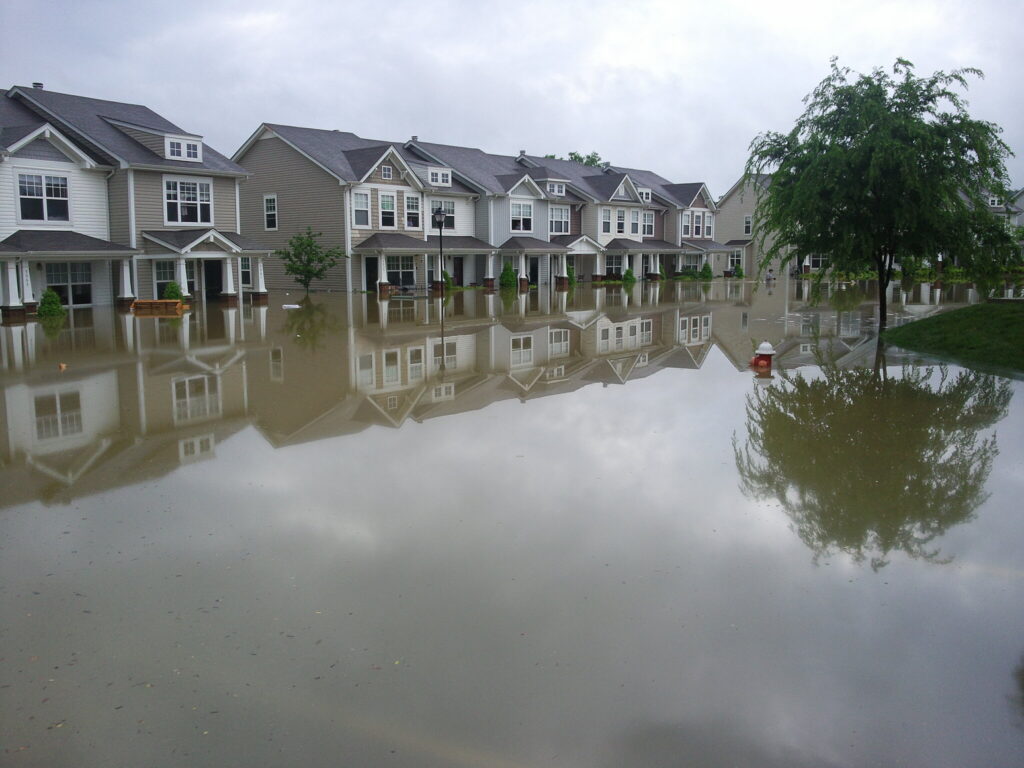This year, the Mississippi River experienced its longest flood on record, with parts of the river exceeding flood levels for 226 consecutive days. The United States also saw significant flooding from Hurricanes Barry and Dorian, as well as several tropical storms. New research from the Natural Resources Defense Council suggests that the costs of such flooding are increased artificially because a federal program is too slow and bureaucratic to help folks whose homes are regularly in harm’s way.
The National Flood Insurance Program generously subsidizes coastal property owners and others who own homes in flood-prone areas, creating a moral hazard problem. By shifting part of the costs of building in risky areas from the homeowner to the taxpayer, the program encourages more building in these areas.
To mitigate this perverse incentive, the federal government also offers a voluntary buyout program, which helps state and local governments acquire flood-prone properties at pre-flood prices so that the land can be used for flood control purposes or open space. Although not a pure free market approach, this program uses market incentives to encourage the conservation of flood-prone land that could best be used for purposes other than housing. Unfortunately, that program’s flaws undermine its effectiveness.
NRDC reviewed nearly 30 years of FEMA data on buyout funding and found that it takes a median of more than 5 years between a flood and the completion of a FEMA funded buyout project. We also spoke with state and local personnel with direct buyout experience to gain a more complete understanding of these projects’ timelines. While every buyout project is different, one thing is clear: long wait times make buyouts less accessible, less equitable, and less effective for disaster mitigation and climate adaptation.
The more difficult the buyout process is, the greater incentive homeowners have to simply rebuild, notwithstanding the risks of future floods. After all, the insurance program pays out relatively quickly, allowing them to move forward quicker.
This program’s shortcomings are a reminder that the deadweight loss caused by red tape not only increases the cost of environmental regulation but can also frustrate conservation goals. This is because bureaucracy favors the status quo rather than pro- or anti-environmental outcomes. Therefore, reducing unnecessary bureaucracy should be a goal of everyone, regardless of whether motivated by economic or environmental concerns.




